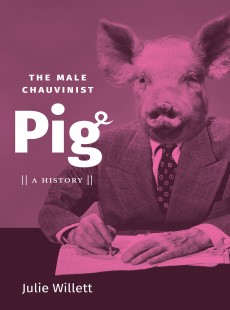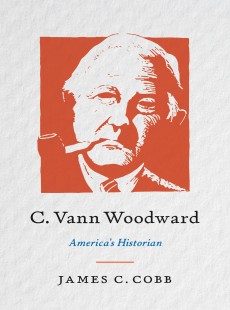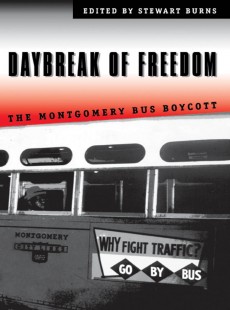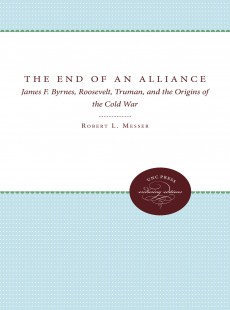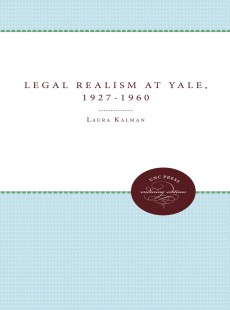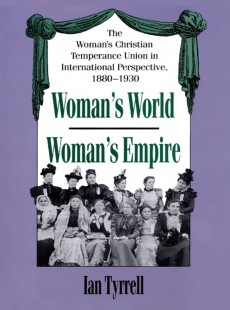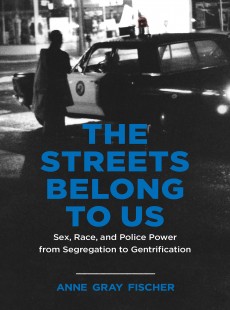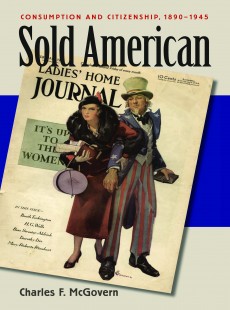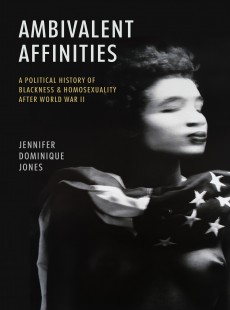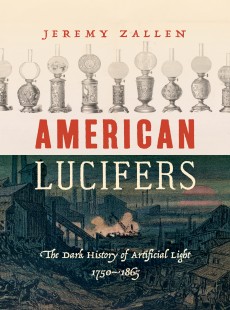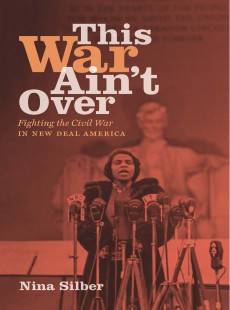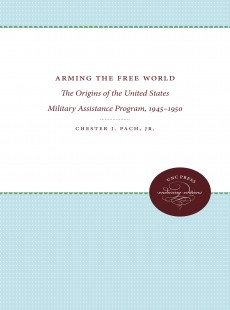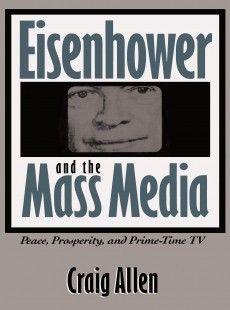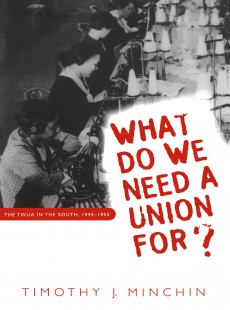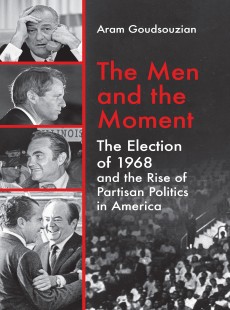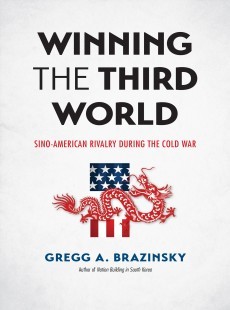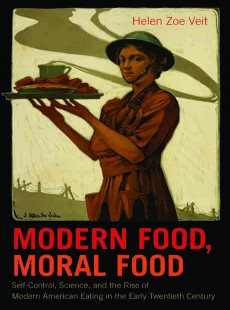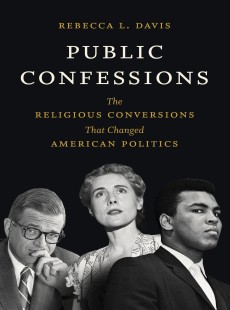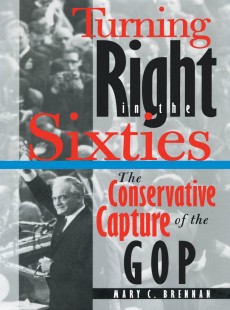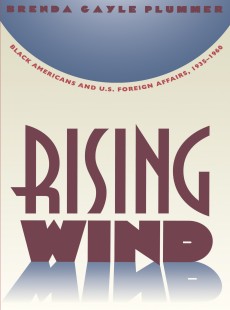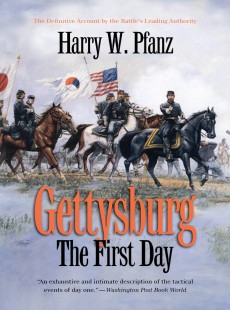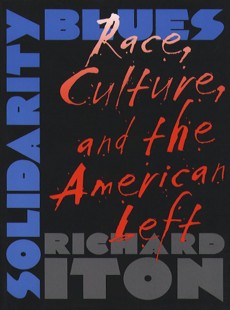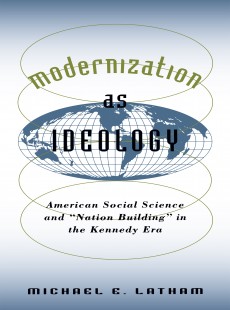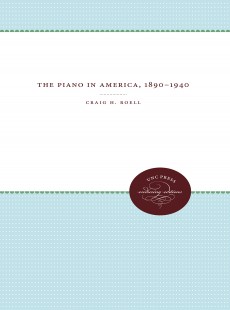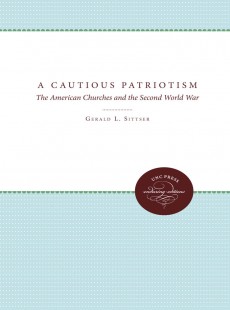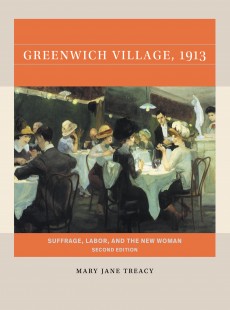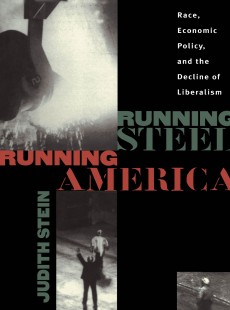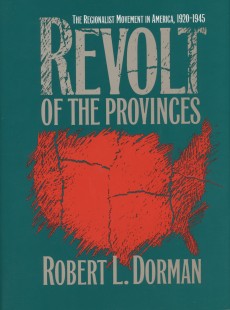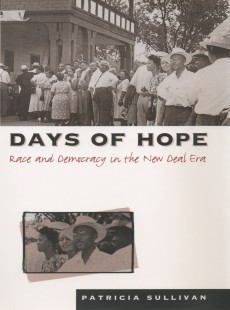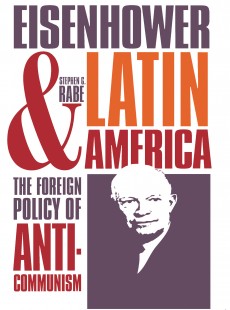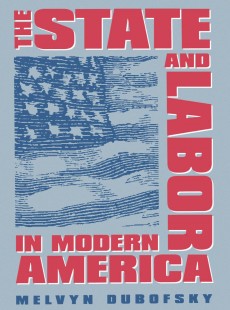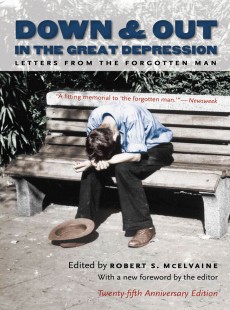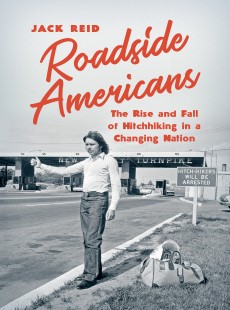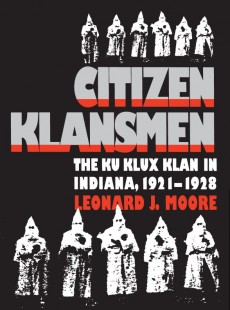
Citizen Klansmen
The Ku Klux Klan in Indiana, 1921-1928
Leonard J. Moore
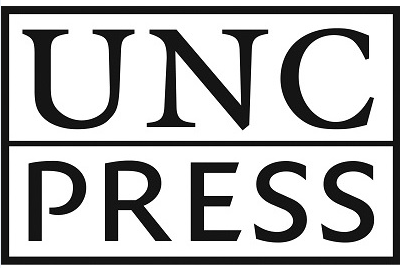 Publisher: University of North Carolina Press
Publisher: University of North Carolina Press
Imprint: The University of North Carolina Press
Published: 11/2000
Pages: 276
Subject: History
| University of North Carolina
Print ISBN: 9.78E+12
eBook ISBN: 9780807863497
DESCRIPTION
Challenging traditional assumptions about the Klan, Moore argues that in Indiana the organization represented an extraordinarily wide cross section of white Protestant society. More than 25 percent of native-born men in the state became official members. Indeed, the Klan was many times larger than any of the veterans' organizations that flourished in Indiana at the same time and was even larger than the Methodist church, the state's leading Protestant denomination.
The Klan's enormous popularity, says Moore, cannot be explained solely by the group's appeal to nativist sentiment and its antagonism toward ethnic minorities. Rather, the Klan gained wide-spread support in large part because of its response to popular discontent with changing community relations and values, problems of Prohibition enforcement, and growing social and political domination by elites. Moreover, Moore shows that the Klan was seen as an organization that could promote traditional comunity values through social, civic, and political activities.
It was, he argues, a movement primarily concerned not simply with persecuting ethnic minorities but with promoting the ability of average citizens to influence the workings of soiciety and government. Thus, Moore concludes, the Klan of the 1920s may not have been as much a backward-looking aberration as it was an important example of one of the powerful popular responses to social conditions in twentieth-century America.
RELATED TITLES
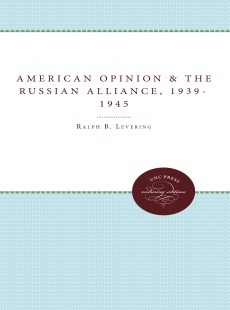
American Opinion and the Russian Alliance, 1939-1945

Browse All University of North Carolina Press Books

American Opinion and the Russian Alliance, 1939-1945

Browse All University of North Carolina Press Books

Vaudeville and the Making of Modern Entertainment, 1890–1925

Browse All University of North Carolina Press Books

Vaudeville and the Making of Modern Entertainment, 1890–1925

Browse All University of North Carolina Press Books

Henry Wallace's 1948 Presidential Campaign and the Future of Postwar Liberalism

Browse All University of North Carolina Press Books

Henry Wallace's 1948 Presidential Campaign and the Future of Postwar Liberalism

Browse All University of North Carolina Press Books

The United States, Great Britain, and Egypt, 1945-1956

Browse All University of North Carolina Press Books

The United States, Great Britain, and Egypt, 1945-1956

Browse All University of North Carolina Press Books

The Harry Pfanz Gettysburg Trilogy, Omnibus E-book

Browse All University of North Carolina Press Books

The Harry Pfanz Gettysburg Trilogy, Omnibus E-book

Browse All University of North Carolina Press Books

The United States and the European Trade Union Movement, 1944-1951

Browse All University of North Carolina Press Books

The United States and the European Trade Union Movement, 1944-1951

Browse All University of North Carolina Press Books
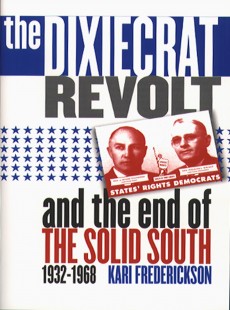
The Dixiecrat Revolt and the End of the Solid South, 1932-1968

Browse All University of North Carolina Press Books

The Dixiecrat Revolt and the End of the Solid South, 1932-1968

Browse All University of North Carolina Press Books

The New York Intellectuals, Thirtieth Anniversary Edition

Browse All University of North Carolina Press Books

The New York Intellectuals, Thirtieth Anniversary Edition

Browse All University of North Carolina Press Books




